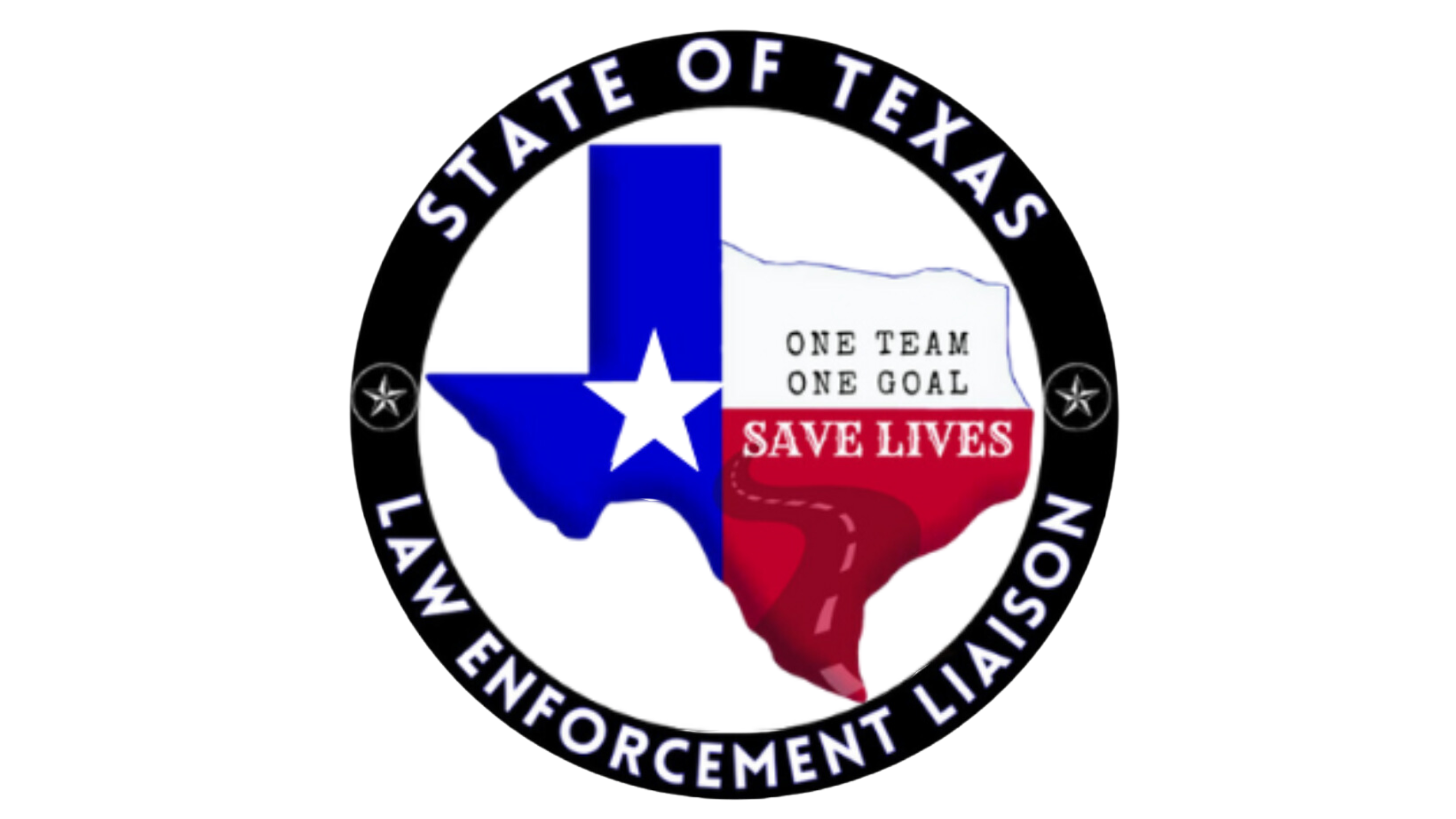Texas Law Enforcement Liaisons
JUST
THREE
INCHES
William C. Carlile, III
Since 2019, I have personally been involved in three crashes involving distracted drivers.
How horrific is it that the great state of Texas statistically ranks in the number one or two position in the United States in fatal motor vehicle crashes annually. In Texas, over 12 people were killed daily on our roads last year. This year the number could tragically be even higher. So, what is the answer?
As a Law Enforcement Liaison, my job is to assist agencies in putting more officers on the road through utilizing Selective Traffic Enforcement Program (STEP) grants. Why is this program available, and why should it be utilized by every county in our state? It is because being proactive is a statistically proven tactical means of reducing crashes. We can impact reducing these crashes even with shortages of Peace Officers in our state. The statements in opposition to the utilization of these grants I most often hear include, “It’s the Highway Patrol’s job;” “We don’t have time to be proactive, we have too many other calls to answer;” “We don’t stop cars;” “We don’t write tickets to our constituents;” “Our officers work other off duty jobs that pay more;” etc. If you polled the citizens in your community, I bet traffic issues are near the top of the list of problems.
According to statistical analysis from across the state, high visibility patrol units placed in high crash areas deter the number of crashes and crimes committed in those areas. It’s a data-driven strategy. The proactive measures in this model decrease the amount of time officers spend investigating and assisting in life altering and life-threatening situations. In other words, the time spent being proactive is more valuable for citizens and officers than the impact the toll of being reactive takes on the community.
Using this model, there are more officers on the roadways being seen by the public and gaining compliance with the road rules. There are absolutely no citation or arrest requirements. The
Texas Department of Transportation will reimburse 80% of each dollar your agency spends at a rate of time and one-half, based on your agency’s overtime policy.
Now, back to my three crashes involving distracted drivers since 2019, well, two of those distracted drivers collided with the rear-end of my car, one of which was a DWI. Both instances resulted in bodily injury to me.

The third involved a Truck Tractor Semi-Trailer Dump Truck. This truck sideswiped me at 75mph. After swiping me, he took the shoulder, put his flashers on, and in the thick of the moment, left me to think he would be on his way back. As I pulled over to assess the damage, a witness, who was in the vehicle behind me, stopped to render aid. While stopped, we both watched in bewilderment at the human condition, as the truck driver made the decision to move on, disappearing over the hill, never owning up to his transgression, never knowing the extent of the damage he caused. The witness verified the truck driver was looking down as he approached my vehicle, crossing over the double yellow center stripe. I know God was watching me that day, the same as He watched over me during the 33½ years I worked the roads as a Texas Peace Officer, 30 of those years as a Texas State Trooper. He gave me protection for which I am grateful, and He even gave me the highest quality backup, as the witness was a nurse who is married to a Texas State Trooper (a highly capable first responder who understands the dangers of the road, firsthand). I have to say, I wondered how on Earth a fellow human being could just drive away, even though I’ve seen a lot of that in my career. He most likely would have lost his job. Did he have a suspended license, a warrant, no insurance, was he drunk or abusing drugs? I experienced the very scenario I work toward daily to prevent. No matter what his story was before he hit me, he became a criminal in his decision to leave the scene that day. Would a proactive measure have led to a different outcome? Just three inches… His glance downward equated in time to three inches after he saw me coming. That three inches was the difference in this crash not resulting in a head-on collision… He was headed towards me.
